LivestreamResearch
Time
Thursday 23 February
11:05am
Location
Auditorium
Speaker
Vicki Martin
Southern Cross University
Abstract
Citizen science has facilitated scientific research at greater scales than professional scientists can achieve alone. Much of the current enthusiasm for citizen science also revolves around strengthening the relationship between science and society, through involving the public in ‘real’ research. In addition to contributing to scientific knowledge, these collaborations have had positive outcomes for participants such as increasing their knowledge about particular topics, providing opportunities to socialise with like-minded people, and improving the health of local environments. What is not so clear is the extent to which citizen science volunteers learn about the scientific process. While some studies have shown a slight increase in volunteers’ knowledge about science, others have revealed no change. Despite the lack of clear evidence, it is not uncommon to see claims that citizen science will improve public understanding of science. This paper presents Australian research that investigated the issue in the wider community, by asking if, why and how the public want to get involved in citizen science, and what this might mean for public science engagement.
The starting point for this study was the national science engagement strategy, Inspiring Australia. It identified marine science as having potential to engage more Australians in science generally, due to our strong connections with oceans and beaches. At the same time, science communication theory suggests participatory approaches provide more meaningful and effective ways to help non-scientists learn more about science and scientific processes. Citizen science falls under the banner of participatory science, therefore the combination of marine and citizen science has great potential to engage many people across the country.
To understand whether marine citizen science will be useful as a public science engagement strategy, the study used mixed methodologies and was conducted in two phases. The first phase saw 110 face-to-face interviews with marine users in four regions (in NSW, TAS, WA, and QLD). These interviews elicited marine users’ salient beliefs about participating in marine research, which aided the development of questions for the subsequent larger study. In phase two, a national online survey of marine users was used to gather 1,145 responses from all states and mainland territories.
The survey respondents have a wide range of interests in the marine environment. Respondents most likely to volunteer are highly educated, especially in science (yet are not necessarily working in the science industry). There is a positive correlation between willingness to participate in marine citizen science and three measures of science engagement (interest in science, understanding of science, and frequency of seeking scientific information). While there is considerable enthusiasm amongst the public to assist marine research projects, these programs are unlikely to attract volunteers who are less interested in, or knowledgeable about science. This result brings into question the usefulness of citizen science to ‘engage the unengaged’. However, the results indicate there is enough public interest in assisting marine research for the field of marine citizen science to grow in the coming years. This is likely to be a positive outcome for public science engagement overall.







Leave a Reply